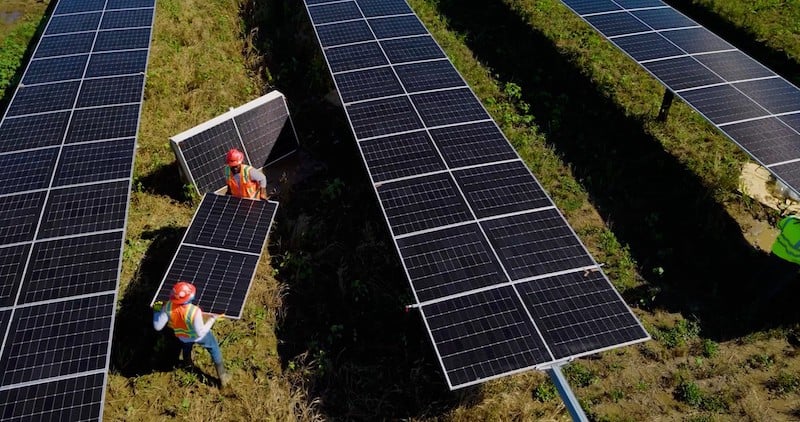Minnesota’s reputation as a hub of skilled labor is no coincidence. The state’s impressive workforce is the product of sustained investments in education and training by both public and private entities. With high school graduation rates and labor force participation among the best in the nation, Minnesota’s government collaborates with businesses and educational institutions to nurture a strong talent pipeline.
State Incentives Propel Business Growth
In December 2024, the Minnesota Department of Employment and Economic Development (DEED) announced significant financial support for seven business expansions. These developments were facilitated by state funding programs like the Job Creation Fund (JCF), which incentivizes companies to meet job creation and capital investment benchmarks. Eligible businesses can secure up to $2 million for initiatives such as job creation and facility improvements.
Philips Image Guided Therapy, a medical device and technology company in Plymouth, MN, is one of the beneficiaries. It plans to expand its operations with additional manufacturing spaces and a Global Customer MedTech Training Center. The company is investing approximately $31 million and has received over $1.54 million from JCF and $2 million from the Minnesota Investment Fund (MIF). This expansion is set to generate 158 new jobs over four years, alongside hosting up to 2,000 visitors at its new center annually.
Heliene USA, a solar module manufacturer in Rogers, MN, is also expanding with the help of JCF and MIF funds. The company will lease a 230,000-square-foot space to accommodate a third manufacturing line, enhancing its manufacturing, warehouse, and distribution capabilities. The project, costing $15.07 million, is expected to create 182 jobs in the first two years, supported by $601,350 from JCF and $2.3 million from MIF.
Addressing Workforce Demands
As Minnesota’s businesses grow, so does the demand for skilled workers. In March 2024, the state launched an innovative marketing campaign aimed at attracting top talent to Minnesota. This initiative targets four high-demand sectors: technology, high-tech manufacturing, education, and health. The campaign effectively highlights Minnesota’s strengths, persuading many to consider the state as a desirable place to live and work.
To further support workforce development, Minnesota offers training grants through the Minnesota Job Skills Partnership, which helps employers collaborate with educational institutions to create tailored training programs. Since 2019, this program has distributed $29.3 million to train over 30,500 workers, leveraging an additional $62.7 million in private investment.
Educational Excellence Fuels Workforce Development
Minnesota’s workforce is grounded in a robust education system. Known for its top-tier K-12 education, the state also boasts the University of Minnesota System and nearly 200 other higher education institutions, serving 378,183 postsecondary students in 2022. With programs designed to meet the evolving demands of industries like STEM and healthcare, Minnesota equips its graduates with vital skills for the modern job market.
Quality of Life: A Key Attraction
Minnesota’s allure extends beyond its workforce opportunities. The state is celebrated for its natural beauty, vibrant cultural scene, and strong community values. With a relatively affordable cost of living, excellent healthcare, and low unemployment rates, Minnesota is an attractive destination for professionals looking to balance work and life.
Visit exploreminnesota.com/business to learn more.
Check out all the latest news related to Minnesota economic development, corporate relocation, corporate expansion and site selection.
Original Story at businessfacilities.com
